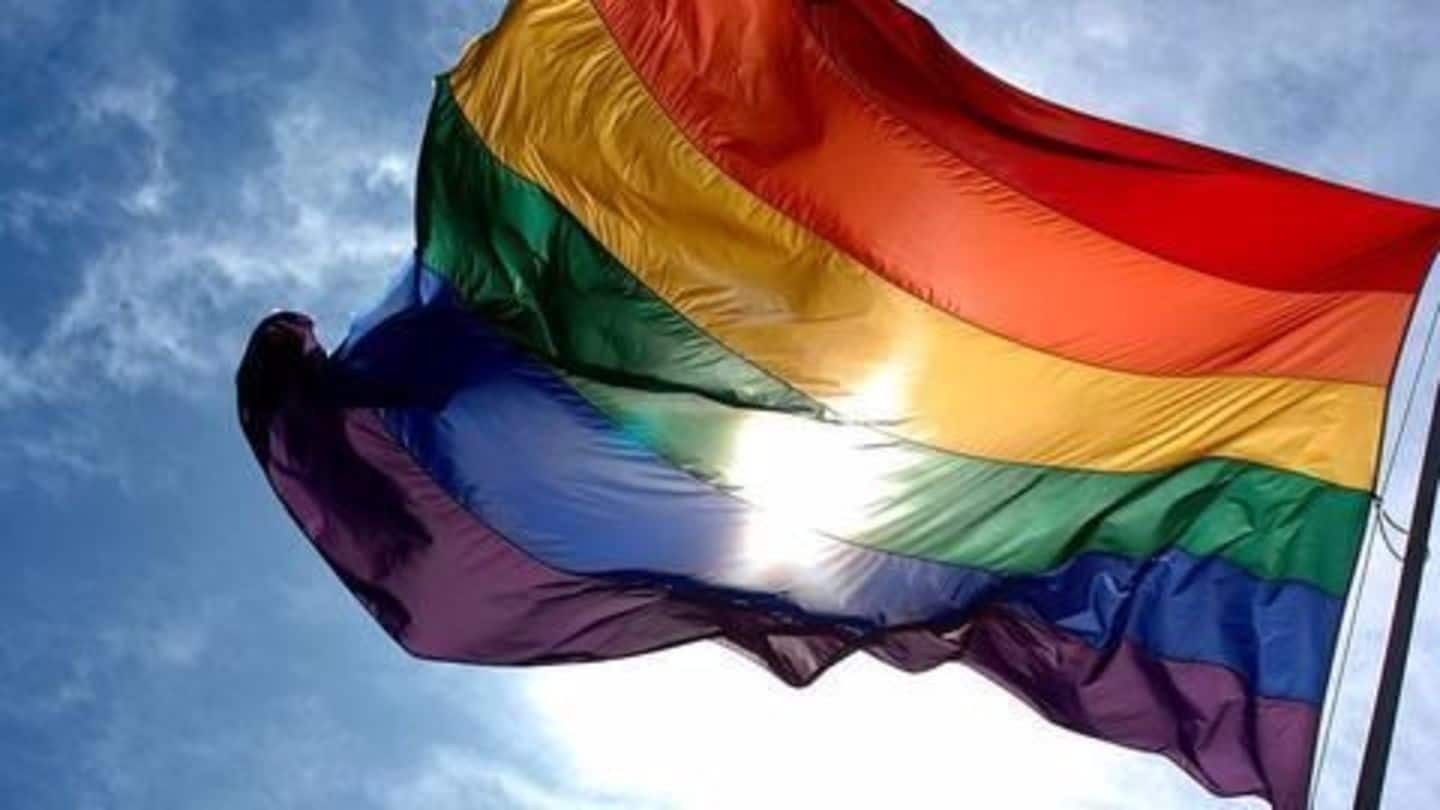
Third gender: Sanitation ministry bats for respecting bathroom preferences
What's the story
In a laudable move, the sanitation ministry has issued an advisory to state governments to allow the third gender to use washrooms meant for either men or women, according to their preferences. "The third gender may often be dissociated from the mainstream. Swachh Bharat Mission should make a conscious effort that they are recognized as equal citizens and users of toilets," it said.
Information
The circular
The circular observes that members of the third gender community have immensely helped in the government's Swachchta drive. "…Their efforts (can be) duly recognized and honoured to break any stigma around them and also to enable them to use facilities without any embarrassment," it added.
Toilets
From voting rights to legal recognition: A long journey
In November 2009, the Election Commission allowed transgenders to choose their gender as "others" in their ballot forms. Earlier, they had to declare themselves as 'men' or 'women'. Almost five years later, in April 2014, the SC recognized them as the third gender, and directed the government to provide them reservation in jobs and education, as well as access to public facilities like toilets.
Toilets
For transgenders, public toilets are a battleground
Most assaults on transgenders are reported in public-toilets. Many have claimed they were physically attacked, spat on, or verbally abused when using either men's or women's toilets. An argument against assigning them washrooms is that criminals might misuse the law to enter women's toilets and target females and children. But activist Christine Burns says that "people who want to be perverts... don't need permission".
Toilets
Few Indian cities have focused on toilets for transgenders
As of August 2016, Mysuru was the only Indian city that had a third-gender public toilet, and just one at that. In September, Bhopal announced separate toilets for transgenders. Last year, the West Bengal Transgender Development Board also recommended all state-run/aided educational institutes to have separate toilets, or modify existing ones for transgender students.
Data
India has over 488,000 transgender people
According to the 2011 census, India has 488,000 transgender people. However, activists claim the actual figures are six or seven times higher than the official count.
Inclusivity
The government's inclusivity push
However, the government has even previously pushed for inclusion of minority groups while providing public services. The urban development ministry passed the Real Estate Regulation law, which allows anyone, including the third gender, to buy properties in a complex. The rural sanitation ministry has meanwhile asked states to ensure women members make up at least 50% of Village Water and Sanitation Committees.